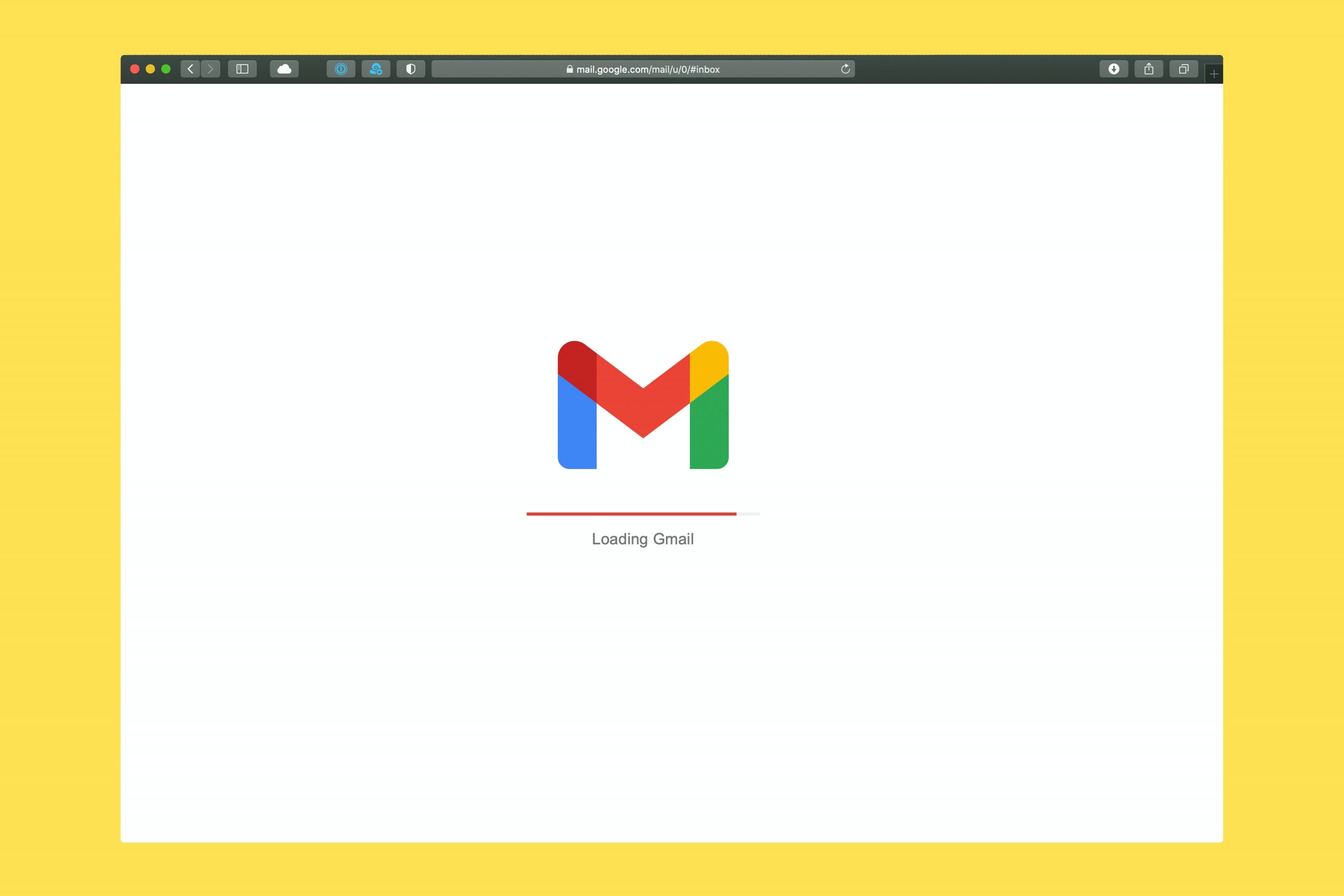With content now available from so many channels it’s impossible to count them, and messages inundating consumers’ every waking moment, it’s easier than ever for your brand’s message to get lost in the fog.
To achieve any kind of penetration, personalised content has become absolutely essential. It not only means your message is likely to hit its target – it has proven benefits in CX improvement, increased brand loyalty and increased ROI.
Why is personalised content important?
Personalisation targets individuals or small groups, rather than using a scattergun approach with a single message, leveraging data analytics to home in on the target audience. Content that the audience is already interested in can then be provided, based on their digital footprint.
The importance of such content is demonstrable in a digital ecosystem that’s completely swamped with messages. According to McKinsey, effective personalised content has been seen to increase revenue by 5–15% and marketing spend efficiency by 10–30%, and has been measured as the most efficient tactic for increased brand engagement.
Figures published by Forbes show that 91% of consumers are more likely to shop with brands that provide offers and recommendations that are relevant to them. Meanwhile, 52% say they’ll likely switch from brands that don’t provide personalised content, and 57% are happy to share their personal information with brands that address them directly with personalised offers and discounts.
These attitudes to personalised messages are exemplified by Generation Z. These true digital natives actively expect high levels of personalisation and targeting by brands, and their purchasing decisions punish those brands which fail to engage.
A six-month test conducted in 2020 and presented at We Are Amnet’s Real Time Content event showed that relevant messages also result in 17% better ad recall and 16% better sales. In short, it works.
So how to create content at scale?
Producing personalised content at scale requires the right structure of people, process and technology. The most efficient blend of onsite, near-site and offshore capacity and capabilities will be different for every brand; there’s no ‘one size fits all’ model.
While the solution for each brand will be bespoke, there are some general commonalities. Firstly, it’s critical to create an atmosphere that allows creativity to thrive – successful brands embrace new ideas. Another common factor is that most models for producing content at scale only have those roles most critical to the client on site. Production of everything else is then optimised by near-shoring and offshoring.
The choice of the right tech platforms is another key consideration. The tech solution is the backbone of any in-house capability at scale. If it’s done correctly it connects teams, customers and workflow from end to end. And the right tech produces content faster, more cost-effectively, better targeted and automatically.
The changes enforced during the pandemic have shown that the right tech and processes facilitate agility and flexibility in the business model when challenges arise. But making the transformation from increasingly obsolete models of content production to take advantage of the in-house model, and doing so successfully at scale, needs the right mindset. It needs the right expertise. And it needs the right partner.
We Are Amnet examined this challenge and shared their insights on Content at Scale. The online event examined how brands are reshaping their content production, and discussed the evolution of Smartshoring® from the traditional offshoring model.
Watch the event for detailed discussion and expert opinion, and talk to us if you’d like to know more about Smartshoring® or to be kept in touch about any future events.






